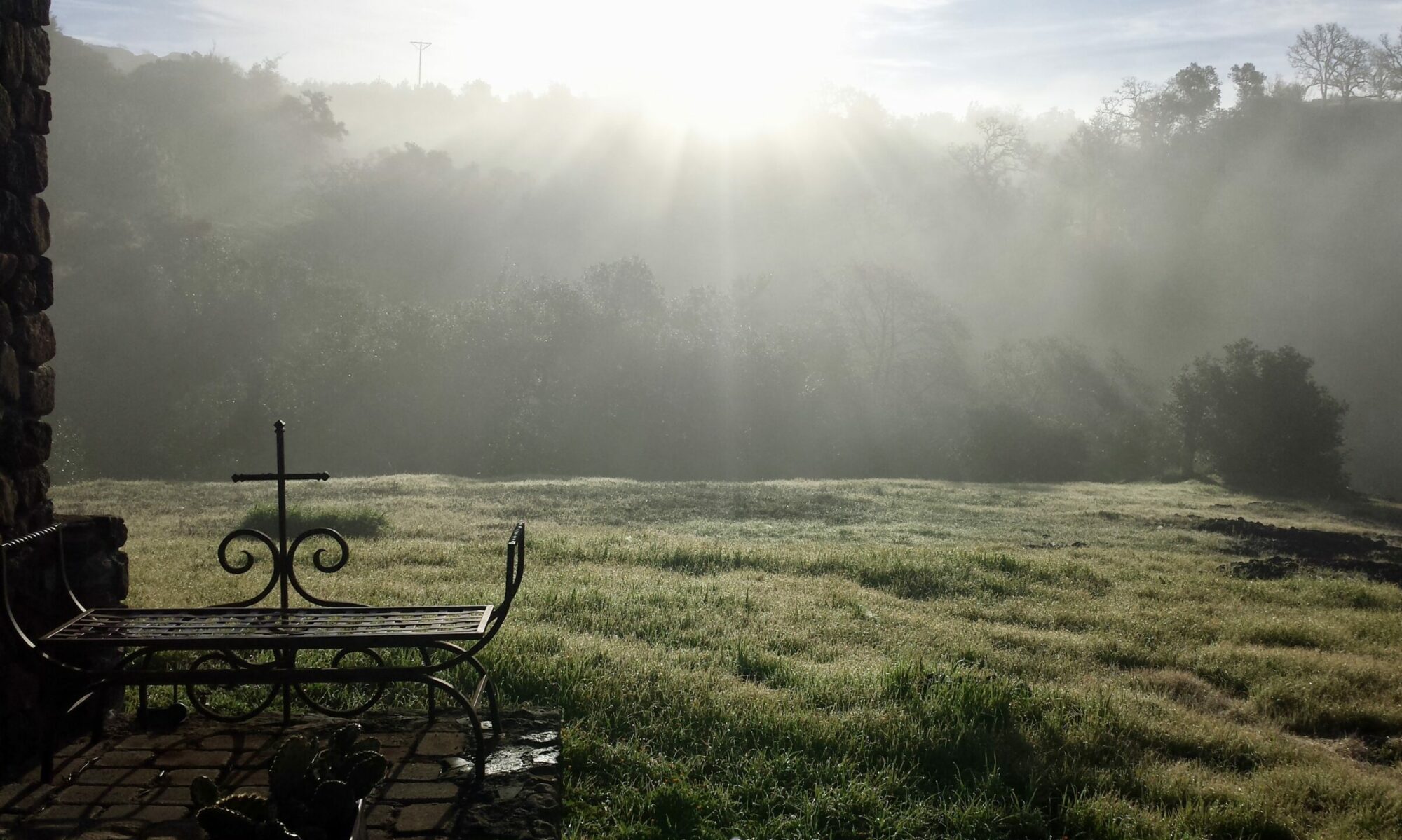Excerpt from the book: PRAYER
By: ABHISHIKTANANDA (Fr. Henri Le Saux)
“In India the highest ideal of pure contemplation has been practised and cherished by the age-long institution of sannyasa. In the West it has been chiefly represented by the hermits of the first Christian centuries, in Syria and Egypt. Later on, although the solitary life was never totally abandoned by Christians, there is no doubt that, as the centuries passed, less and less attention was paid to this type of vocation. It is indeed a sign of the times and a token of the divine mercy that of recent years spiritual people have once again heard the call to solitude; indeed lack of interest in the Church for this ideal would be a symptom of that “chilling of love” referred to in the Gospels as a sign of “abounding wickedness” (Matt. 24.12).
Among the semi-eremitical orders recognized by the Church two are especially worthy of mention. The first is the Carthusian Order, marked though it still is by the medieval emphasis on worship. The other is the Carmelite Order, whose primitive rule upheld the ideal of almost unbroken solitude and contemplation; and to this day the nuns of this Order regard their cells and the prayer of silence as their most precious inheritance.
It is to be hoped that the Church of India will in the end bring to the universal Church an authentically Christian sannyasa as the crowning of the monastic life. Thus the Church will recover after centuries the purest traditions of the Desert and of the Hesychast movement, and at the same time drink deeply at the inexhaustible sources of the Hindu ideal of renunciation in a life devoted to God alone. The Church is in the Spirit awaiting that ultimate inwardness of her life, in which she will discover the true depth of her own mystery, or rather will plunge into the still unsuspected depths of her own heart and of the heart of Christ. In our day more than ever before the Church needs to hear the testimony that God is beyond all things, beyond all attempts to define him in thought or word or to reach him by activity. The Church has need of an inner silence that her word may be significant, of a suspension of activity that her work may be fruitful, and of that which is beyond-all-sign so that she may reach the fullness of the sacramental sign which she herself is.
Christian sannyasa will not, however, be an order in the canonical sense of the word, since its essence cannot be codified in any law or standardized in any institution. It is first of all a spirit whose manifestation and unforeseen appearance present a permanent challenge to human wisdom. Yet, at the same time, like the prana or vivifying “breath” of the Upanishads, it spreads everywhere and penetrates everything with its life, free of all constraint, yet transforming and renewing all that it touches, as much the man in whom it reveals itself as the group among which it is manifested. It is like that “living water” to which the Saviour delighted to refer, welling up in the depths of the heart, like that mystic river of water which is to gush forth at the time appointed by God from beneath the very threshold of the sanctuary—as the prophet Ezekiel foresaw in his final vision (ch. 47)—and from there to spread abroad, bringing life and healing to the whole land of promise.”
